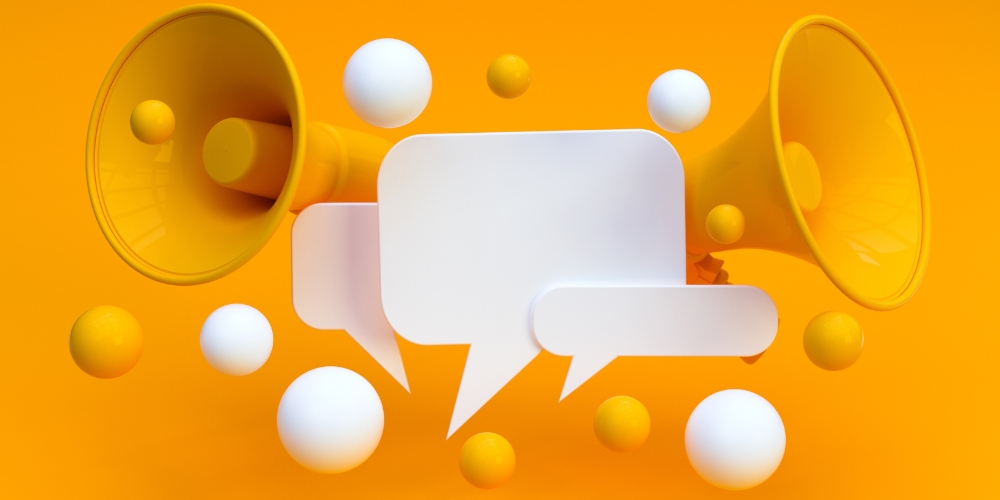If you’re in marketing, you know that design aesthetics and tech have converged because people continually seek a better user experience. Of course, that’s a great thing for consumers, but it’s also fantastic for web design. In short, the digital marketing transformation has ensured that the psychology of web design is front and center. If you happen to be a new designer, you might ask, what does that mean, and what are its principles? And if you’re a client, you probably want to know it for your next site update, so let’s get into that now.
The visual first impression for design.
One of the top things in our web design team is that it takes about 54 seconds for someone to decide whether someone will stay on a site. As you know, that’s a little bit of time. That’s why digital marketing transformation has storytelling and consumer behavior at its core. In other words, web design elements, such as white space, copy, layout, and images, all play a critical part in someone’s mind signaling the brain to stay or go. What does that mean for any site? First impressions matter—a lot. The visual elements of a site need to align with the emotional response brands want to elicit from visitors.
Cognitive load and user experience.
Let’s dig a bit into the psychology of web design. As mentioned, one of the critical elements is the concept of cognitive load. In case you don’t have a Masters or Ph.D. in psychology, don’t worry. We’ve got you covered. All cognitive load means is the effort the human brain has to exert to think through or reason something. For instance, if a website is poorly designed with a lot of copy and too much clutter, there’s going to be a high cognitive load. Guess what’s going to happen. Someone’s going to leave the site quickly. But, if there are minimal visual distractions and ease in design, someone will stay longer and float around a site.
Trust and credibility for site design.
The digital marketing transformation, including social media, has brought the values of transparency and authenticity into the mix. As a brand, any company wants to drive higher conversion rates when people visit a site. Fortunately, there are several ways to do it right. For starters, ensuring a site has testimonials and social validation helps support the idea that a site is trustworthy. We know there’s a lot of low-quality stuff on the internet, and a brand wants to avoid inadvertently signaling that it’s not a quality site. Testimonials, social media links, high-quality design, easy navigation, etc., all help to ensure that visitors quickly assess the site’s trustworthiness and credibility.
User-centered experience.
The psychology of web design focuses at all times on the user experience. So, what does that mean in practice? For one, it means standing out with a well-designed site is more important than ever. Today’s designers and developers consider how people will interact with a site at every opportunity. For instance, they want to know the pages that people visit most and why. They want to understand why visitors visit a site besides the home page. It could be because it’s an SEO site with many high-quality backlinks. In short, prioritizing users’ preferences and behaviors drives excellent web design.
Emotive web design.
Did you know that one of the founding concepts in marketing and advertising involves tapping into user emotions? For decades, emotion has played a significant role in the user experience. For example, one of the top slogans of all time was “A Diamond is Forever.” It tapped into the desire of women to marry and men to give them a symbol (the larger, the better) of their love for them. That slogan is an excellent example of getting it right regarding marketing. Next time you want to update a site, consider the feelings you want to illicit. Photos, colors, content, etc., should all tap into peoples’ emotions.
Call to action (CTA) optimization.
Finally, the digital marketing transformation and psychology of web design involve effective CTAs. Every time a website gets updated, it’s essential to know the why behind every element. For example, what images are the best to catch visitors’ attention? How much copy is too much copy for sections on the home page? How can a whole site be more fluid from a design perspective so cognitive load is limited? And where can CTA buttons make the most difference to ensure that people visiting the site take action due to the content? All of these elements matter.
Web design psychology is fundamental.
In sum, every website has to be designed with the foundational idea of web design psychology. This means that a site has to be designed with the user continually in mind and considering their preferences and behaviors. The ultimate aim of a site is to influence people to take action and, as a result of the digital marketing transformation, to ensure that site visitors have a unique user experience. Fortunately, there are more and more tools to ensure that users LOVE going to a site and keep on returning. All you have to do is to think critically to ensure you do it right.
© 2024 Grafix Design Studio. All Rights Reserved.





